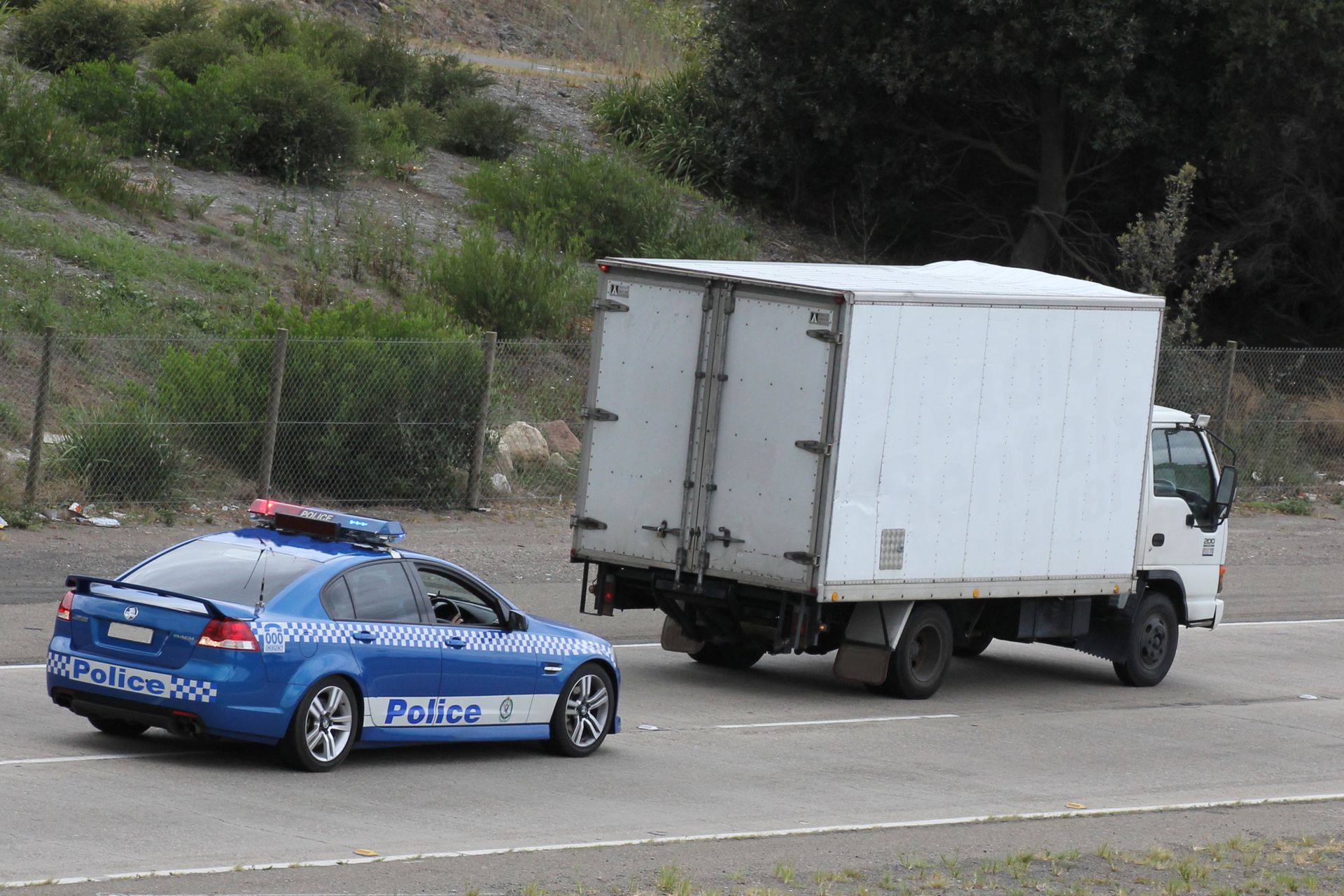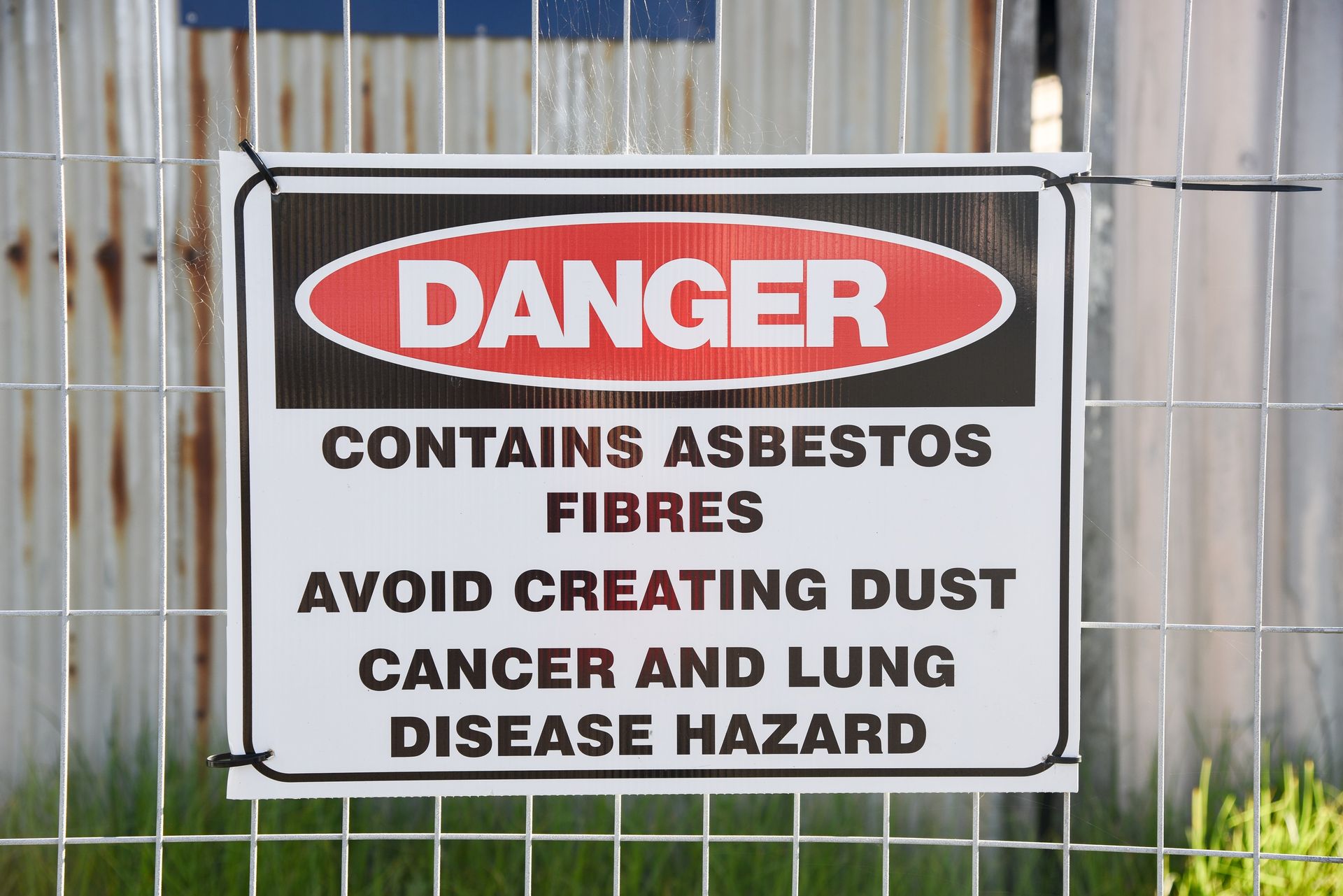Workers Seeking Reinstatement After Injury
Kells Lawyers • February 3, 2016
In NSW the WC Act contains provisions that permit an injured worker who is dismissed because he or she is not fit for work because of a work injury to apply to the Industrial Relations Commission to be reinstated. If section 241 of the WC Act is engaged the Industrial Relations Commission may order the employer to reinstate the worker in accordance with the terms of the order. The Industrial Relations Commission may order the worker to be reinstated to employment of the kind for which the worker has so applied for reinstatement (or to any other kind of employment that is no less advantageous to the worker), but only if the Commission is satisfied that the worker is fit for that kind of employment.
If the employer does not have employment of that kind available, the Industrial Relations Commission may order the worker to be reinstated to employment of any other kind for which the worker is fit, being:
- employment of a kind that is available but that is less advantageous to the worker; or
- employment of a kind that the Commission considers that the employer can reasonably make available for the worker (including part-time employment or employment in which the worker may undergo rehabilitation)
If the Industrial Relations Commission orders the worker to be reinstated, it may order the employer to pay to the worker an amount that does not exceed the remuneration the worker would, but for being dismissed, have received after making the application to the employer for reinstatement and before being reinstated in accordance with the order of the Commission.
Section 244 of the WC Act provides that in proceedings for a reinstatement order it is to be presumed that the injured worker was dismissed because he or she was not fit for employment as a result of the injury received. That presumption is rebutted if the employer satisfies the Industrial Relations Commission that the injury was not a substantial and operative cause of the dismissal of the worker.
Employers are often concerned about the risk of further injury to an injured worker and the employers’ obligations under occupational health and safety legislation. However those concerns are not enough to support a dismissal of an injured worker and resist a reinstatement application made by the injured worker as was seen in Riley’s case.
Riley was employed by Bindaree Beef as a slicer. He sustained a repetitive strain injury as a result of the heavy nature of his duties. Following the injury Riley continued in employment in a lesser paid job and received make-up pay pursuant to the WC Act. Riley subsequently underwent bilateral shoulder surgery and surgery for carpal tunnel syndrome. He returned to work on restricted duties following the surgery and after a short period returned to his normal pre-injury duties as a slicer.
Bindaree Beef informed Riley that they were concerned that he would injure himself and were concerned about liabilities that would result from any further injury. Bindaree Beef subsequently terminated Riley’s employment.
Riley pursued a claim for re-instatement in the Industrial Commission and succeeded. The Commissioner recognised that it was a precondition to the making of a reinstatement order that the injured worker was dismissed because of unfitness for employment as a result of the injury received. He concluded that the precondition was satisfied. The Commissioner also determined that Riley could succeed in his claim where the reason for dismissal included the employee’s injury as well as other factors.
On appeal the Full Bench of the Industrial Commission concluded that the Commissioner did not fall into error in his approach however the Commissioner was clearly wrong in stating that for s 243 of the WC Act to apply the reason for dismissal only has to include the employee’s injury. The Full Court concluded that the Commissioner’s statement was only “a slip or loose language”. The Full Court then went on to provide an analysis of the legislation and its effects.
However a further appeal followed and now we have the NSW Court of Appeal’s views on the legislation. Whilst the appeal was dismissed as the Court of Appeal concluded the Full Court did not fall into jurisdictional error the judgement is instructive as it has clarified the way in which the Commission must approach these matters.
It is the reasons for the termination that must be examined and not some objective assessment of those reasons. Pursuant to Section 241 of the WC Act, if an injured worker is dismissed because he or she is not fit for employment as a result of an injury the worker may apply for reinstatement.
In proceedings for a reinstatement order it is presumed that the injured worker was dismissed because he or she was not fit for employment as a result of the injury received.
That presumption may be rebutted if the employer satisfies the Industrial Relations Commission that the injury was not a substantial and operative cause of the dismissal of the worker.
The onus will be on the employer to demonstrate that the dismissal was not actuated by the workers unfitness for employment as a result of the injury received. That evidence will be viewed subjectively.
Even where the workers dismissal is actuated by the workers unfitness for employment it remains necessary for the worker to satisfy the Commission they are fit for work and concerns over the risk of re-injury remain relevant to that issue.
Dismissing an injured worker can have consequences which include an obligation to reinstate the worker and pay compensation for any lost wages and that compensation is not payable by a workers compensation insurer.

Kells has been delivering outstanding services and legal expertise to commercial and personal clients in Sydney and the Illawarra region for more than five decades. Our lawyers are savvy and understand your needs.
Subscribe
Want to get the latest articles and news delivered to your inbox?




